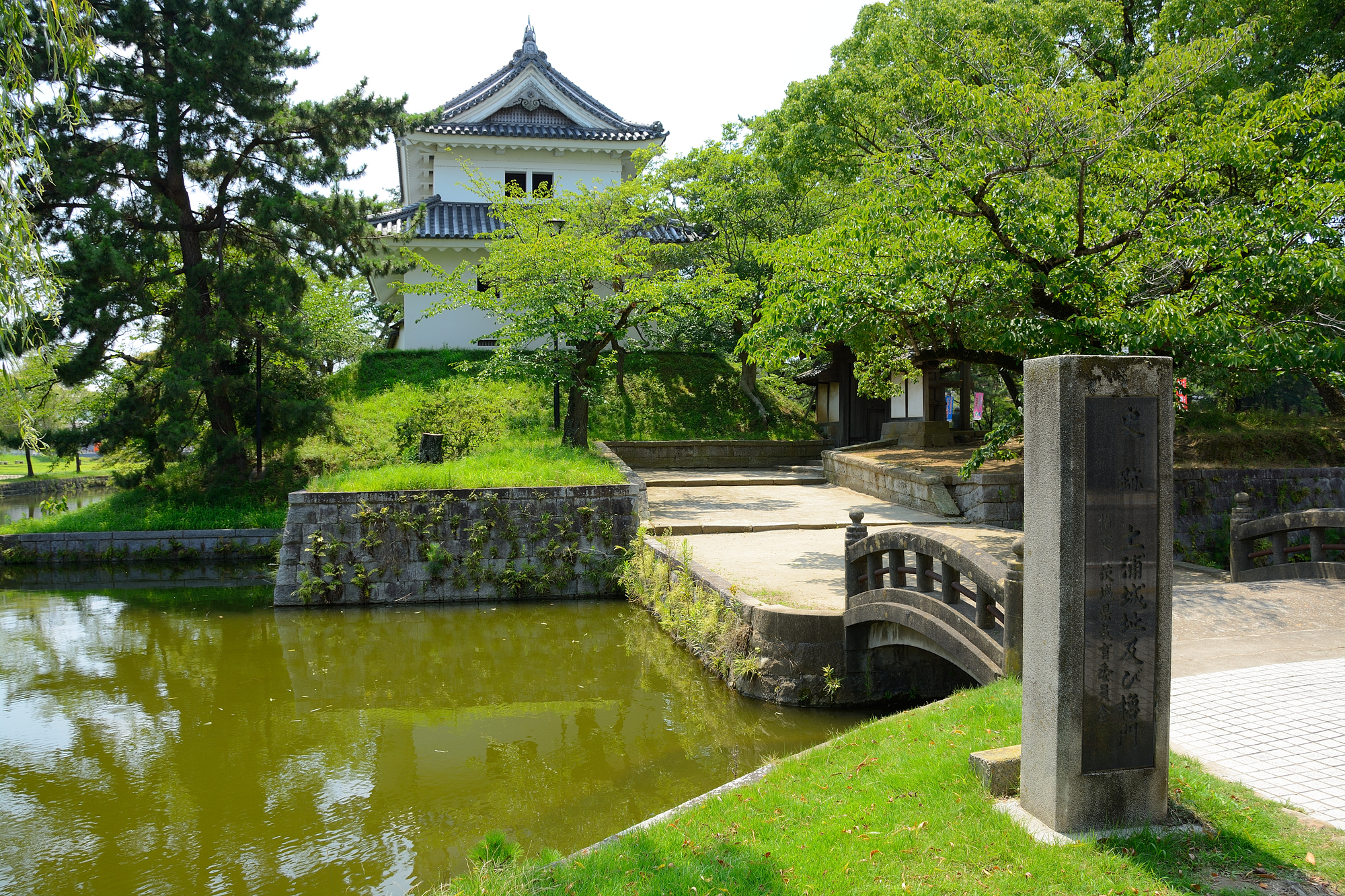This is all about Tsuchiura Castle Ruins you want to know.
Every information you get on this site will be from a credible source based on Japanese history (books for reference).

Collected by the Inagaki family, the Toba Daimyō from the mid-Edo period to the Meiji Restoration, as materials for military studies. There are about 350 illustrations, but there is no uniformity because only illustrations of castles, illustrations including castle towns, and old battlefield illustrations are mixed.
Another typical example of a castle picture in the Edo period is "The Shōhō Shiroezu", picture of the castle and castle town that the Edo Shogunate ordered the daimyō to create and submit,aggregating military information such as the buildings inside the castle, the height of the stone wall, the width of the moat and the water depth, etc., it also details the location and shape of the castle town and the mountain river.
Profile : Tsuchiura Castle Ruins
| Location | Tsuchiura City, Ibaraki Prefecture |
| Also known as | Ki-jō ( "Ki" means "turtle", reffer to below) |
| Type of castle | Flatland |
| Mountain's name | ー |
| Elevation | ー |
| Condition | No main keep but other buildings |
| Year built | 1429~1441 |
| Designation | Ibaraki Historic Sites |
| Abolished | 1873 |
| Castle lord | Izumi Saburō |
| Refurbishment lord | Matsudaira Nobuoki |
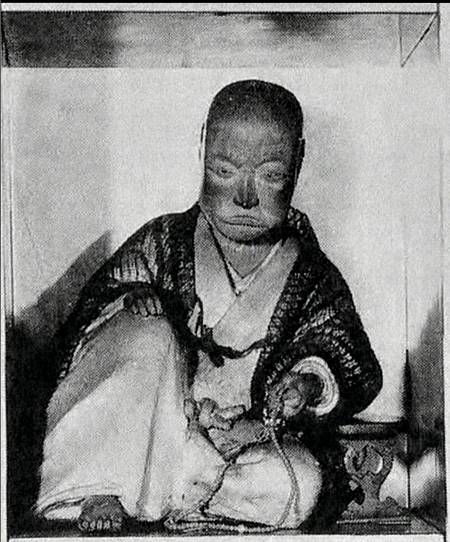
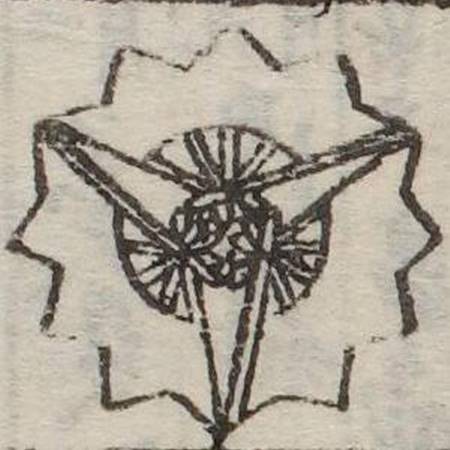
The family crest was originally created from the pattern that the emperor and the royal family put on the kimono, and the pattern was made into a fixed pattern, and the one attached to his own oxcart is said to be the beginning of the family crest. The warlords drew large crests on the flag-fingers, used to distinguish enemy views on the battlefield, and used by the generals to determine which warlords were active and how much.
Tsuchiura Castle admission
admission fee : 105yen (Adult) 50yen (under high school students) ※Tsuchiura City Museum
admission time : am9-pm4:30
closing period : every Monday December28-January 4 reference official site
Tsuchiura Castle Google Map
Tsuchiura Castle Images
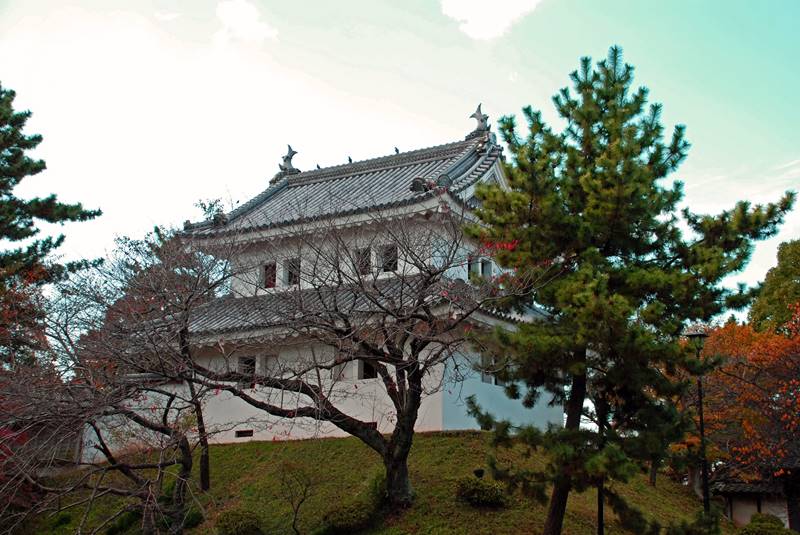
After Toyotomi Hideyoshi's "Odawara Conqest" in 1590, the entire Tsuchiura area became the place of Yūki Hideyasu, the second son of Tokugawa Ieyasu. Tsuchiura is often hit by floods. But the Honmaru, located in the center of the triple-folded water moat, didn't submerge and looked like a turtle shell floating in the water. So It was also called "Turtle castle". Honmaru had a palace in the center, and two double turrets solidified from east to west.

Built in Honmaru with Higashi (East) Yagura. although destroyed by a typhoon in 1949, it was restored using the old building method with a small double turret.
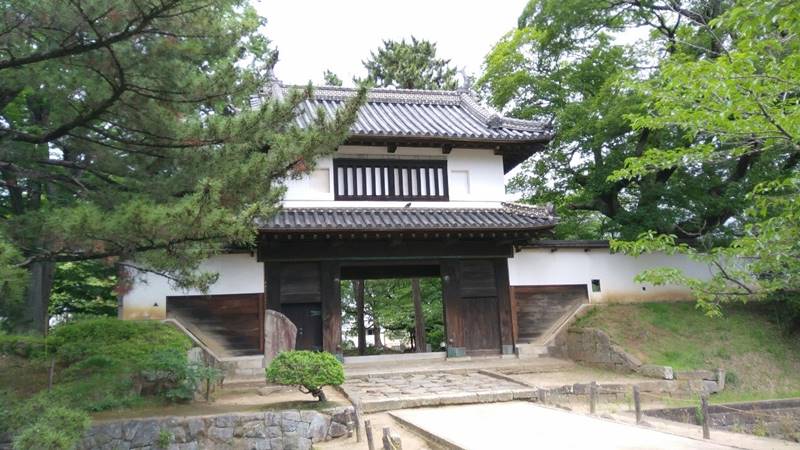
The main gate in front of the main building. Reconstructed in 1656, it is the only existing turret in the Kantō region.
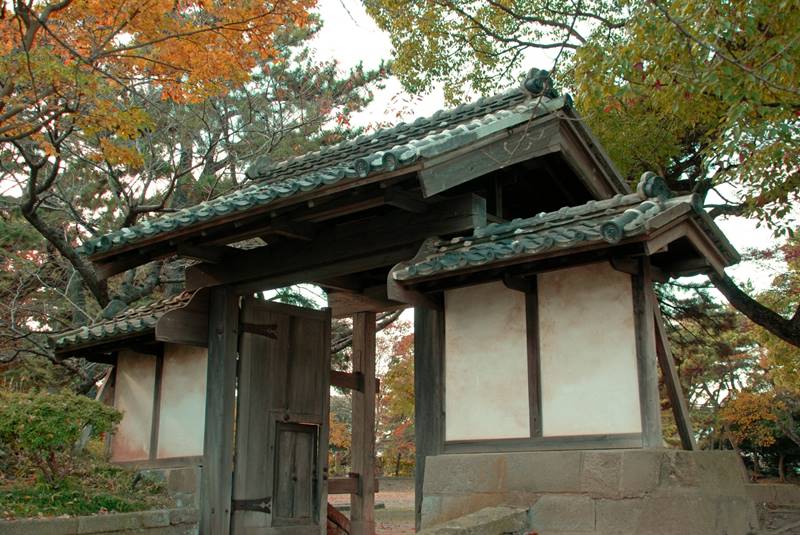

It is now maintained as Kijō Park, and the earthwork has been changed to stone wall.
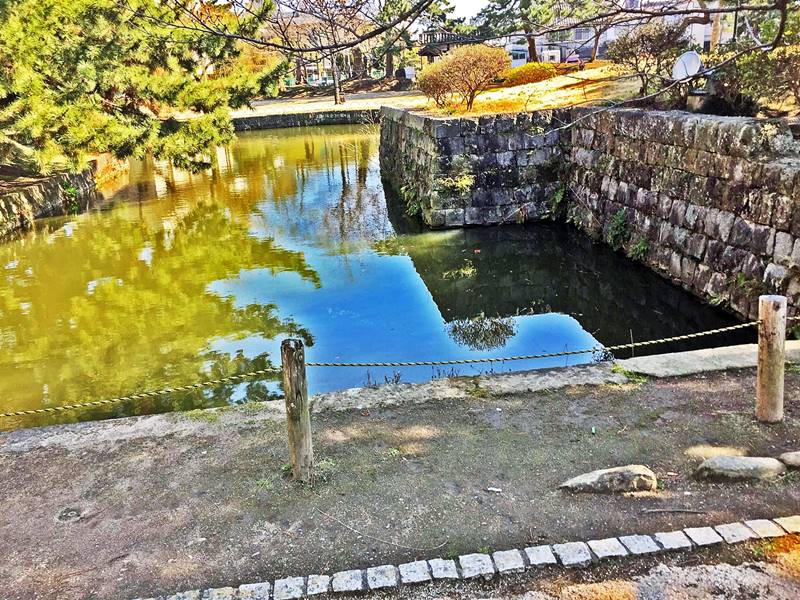
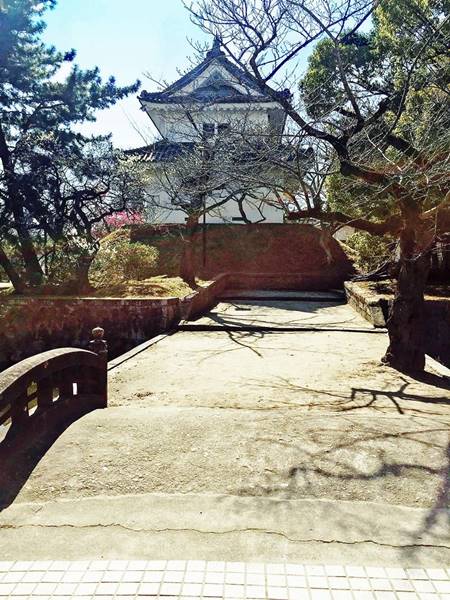
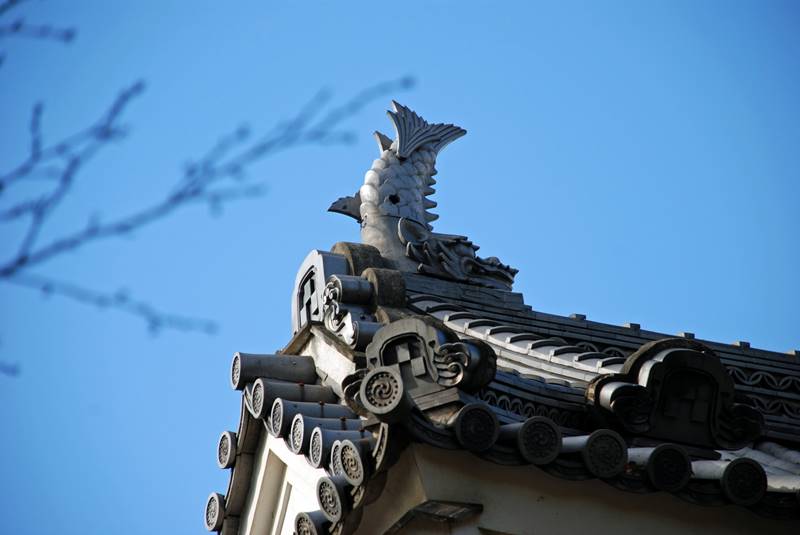
A killer whale, usually mounted on top of the main Keep, is an imaginary fish that discharges water in case of a fire.
